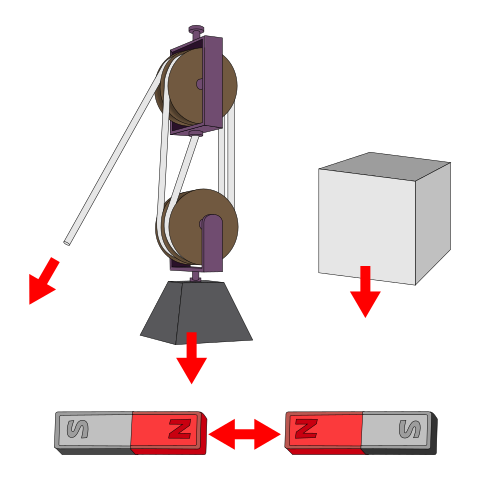According to the work-energy theorem, the change in an object’s kinetic energy is equal to the net work performed by all forces acting on it. Integration is used to determine the work for a variable force, when the force varies with position or time: W = F(x) dx
This allows us to find the total work done by summing up the small contributions of force over the object’s path.
When the force varies, work cannot be calculated using the simple formula W=F⋅d. Instead, the work is determined by integrating the force over the displacement: W = F(x) dx
In three dimensions, the formula becomes: W = F ⋅ dr
This accounts for changes in both the magnitude and direction of the force.
The work-energy theorem directly connects the work done on an object to its change in kinetic energy. Mathematically:
Wnet = ΔKE = KEfinal − KEinitial
This means if work is positive, the object gains kinetic energy (speeds up), and if work is negative, the object loses kinetic energy (slows down).
Since a variable force does not stay constant across displacement, integration is used. It computes the work performed by the force in each of the tiny segments that make up the displacement. The overall amount of work completed throughout the entire journey is obtained by adding up these contributions.
Some common examples of variable forces include:
Spring force: The restoring force in a spring changes with displacement (F=−kx).
Gravitational force: When dealing with large distances from Earth, gravity changes with distance
(F = Gm1m2 / r2).
Air resistance: It depends on velocity and varies as the object moves through the air.
By emphasising energy changes over complex force computations, the work-energy theorem streamlines issues. For example:
When energy transformations are important, it eliminates calculating complicated equations of motion and is utilised in situations with varying forces, such as stretching a spring or objects under uneven gravitational fields.
Yes, there are drawbacks to labour. When the force acts against the displacement, this is known as negative work. For example, friction reduces kinetic energy by opposing motion, which results in negative work.
• When an object resists compression, a compressed spring exerts negative work on it.
The object’s kinetic energy is reduced by negative work, which slows or stops it.


